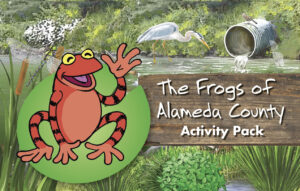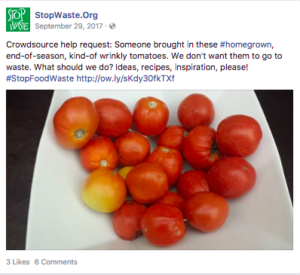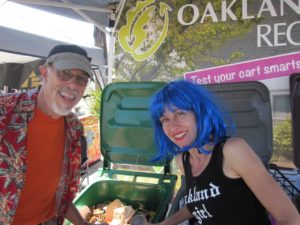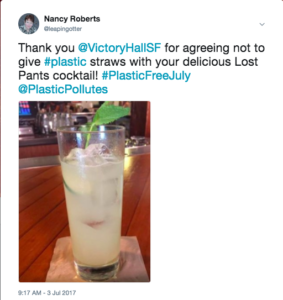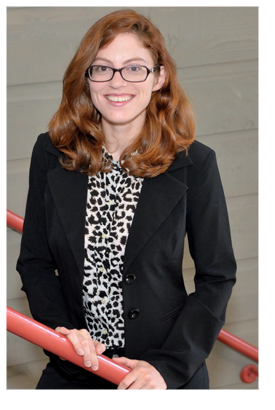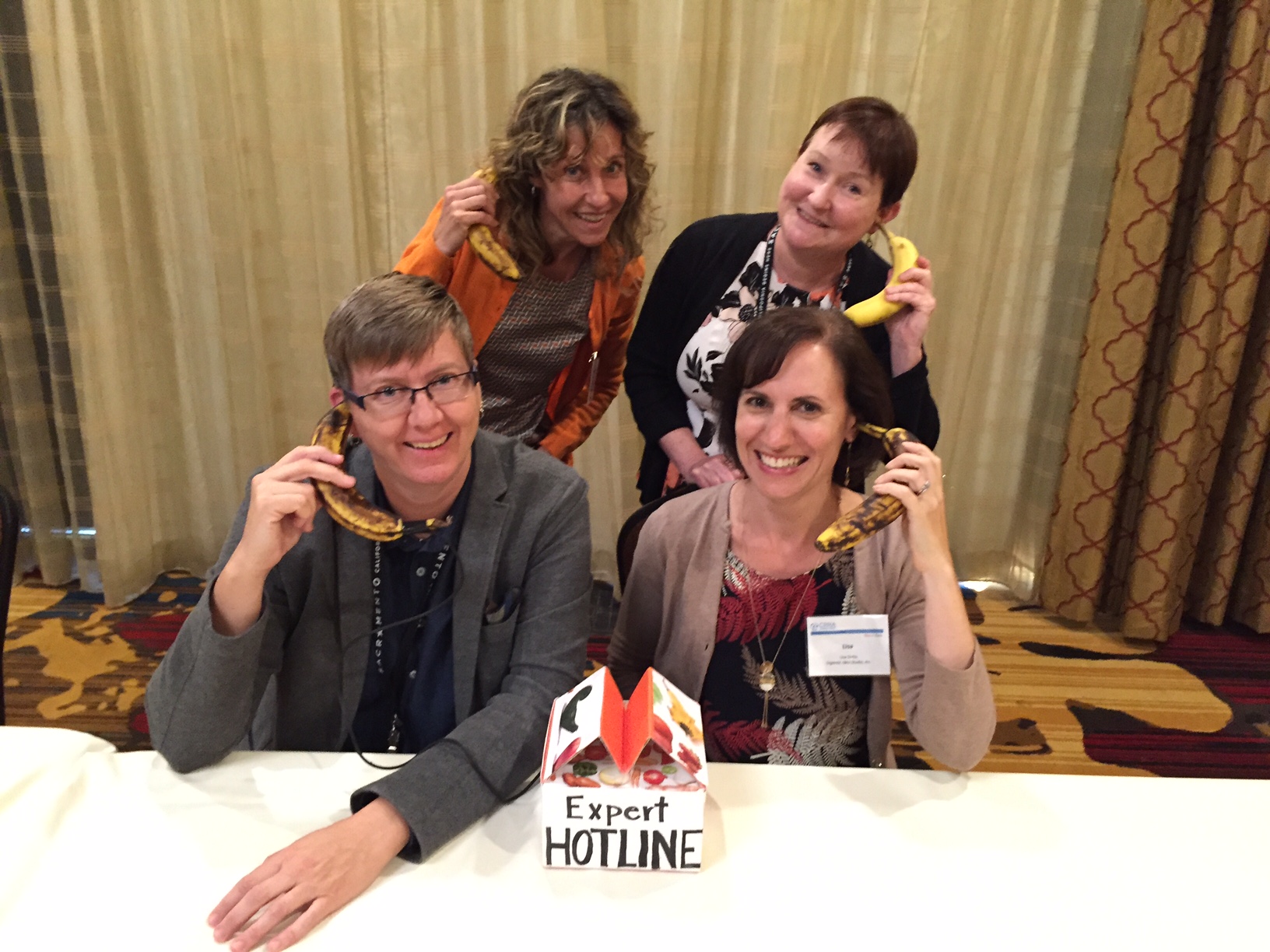In 2021, Gigantic Idea Studio began producing short videos for the Clean Water Program Alameda County, featuring the popular mascots Fred the Frog and Izzy Egret. A study by the University of Delaware found that, “while mascots may be great at inspiring action through their cheers and high fives, the biggest impacts of mascots may come through displays of disappointment with a negative outcome”. With this in mind, we focused on messaging that showed the impact of pollution on Fred and Izzy.
A key strategy was to distribute the videos through paid promotion on platforms that were popular with younger audiences. At the time, TikTok was becoming a popular platform with Gen Z, so in addition to producing the short videos in the traditional horizontal format, we created vertical versions to allow an optimized experience on TikTok. Gigantic Idea Studio created a TikTok channel for the campaign, and also posted the videos on Instagram Reels.
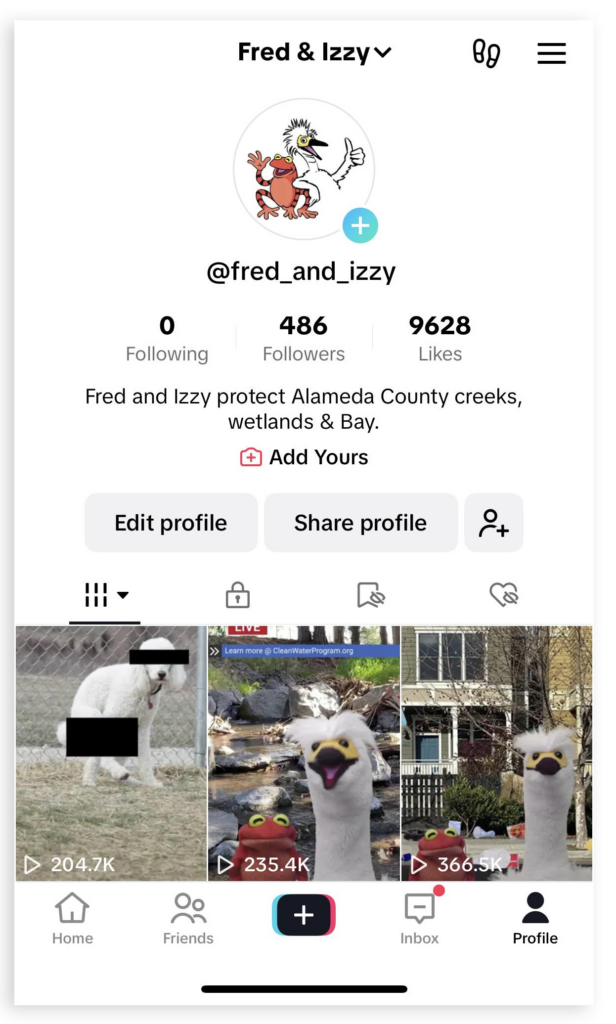
The results were impressive. The vertical version of the Dog Poop video had a CPM of $2.36, compared to $7.12 for the horizontal version on YouTube. Although views are counted differently depending on the platform, the TikTok version of the video also received more views than on YouTube, despite having double the budget.
Gigantic Idea Studio also found success with organic content on Instagram Reels. Its first reel received 3,059 views, compared to the average of 26 views for its previous horizontal video posts. On Earth Day 2023, we posted another reel that received 1,318 views.
To date, Gigantic Idea Studio’s TikTok channel has received 1,720,973 views of 8 videos, through 14 campaigns, and 9,543 likes with 482 followers.
Takeaways
Gigantic Idea Studio’s success teaches a few important lessons about reaching younger audiences with short-form videos:
- Use humor and creativity. Younger audiences are attracted to content that is entertaining and engaging.
- Keep it short and sweet. Younger audiences have short attention spans, so aim for videos that are 30 seconds or less.
- Use vertical video. Younger audiences are more likely to watch videos on their mobile devices, so make sure your videos are formatted vertically.
- Promote your videos on the right platforms. TikTok is a great platform for reaching younger audiences, but other platforms like Instagram Reels and YouTube Shorts are also gaining popularity.
If you’re looking to reach younger audiences with your marketing content, consider using short-form videos. Just be sure to keep the above tips in mind to create videos that are engaging and effective.

